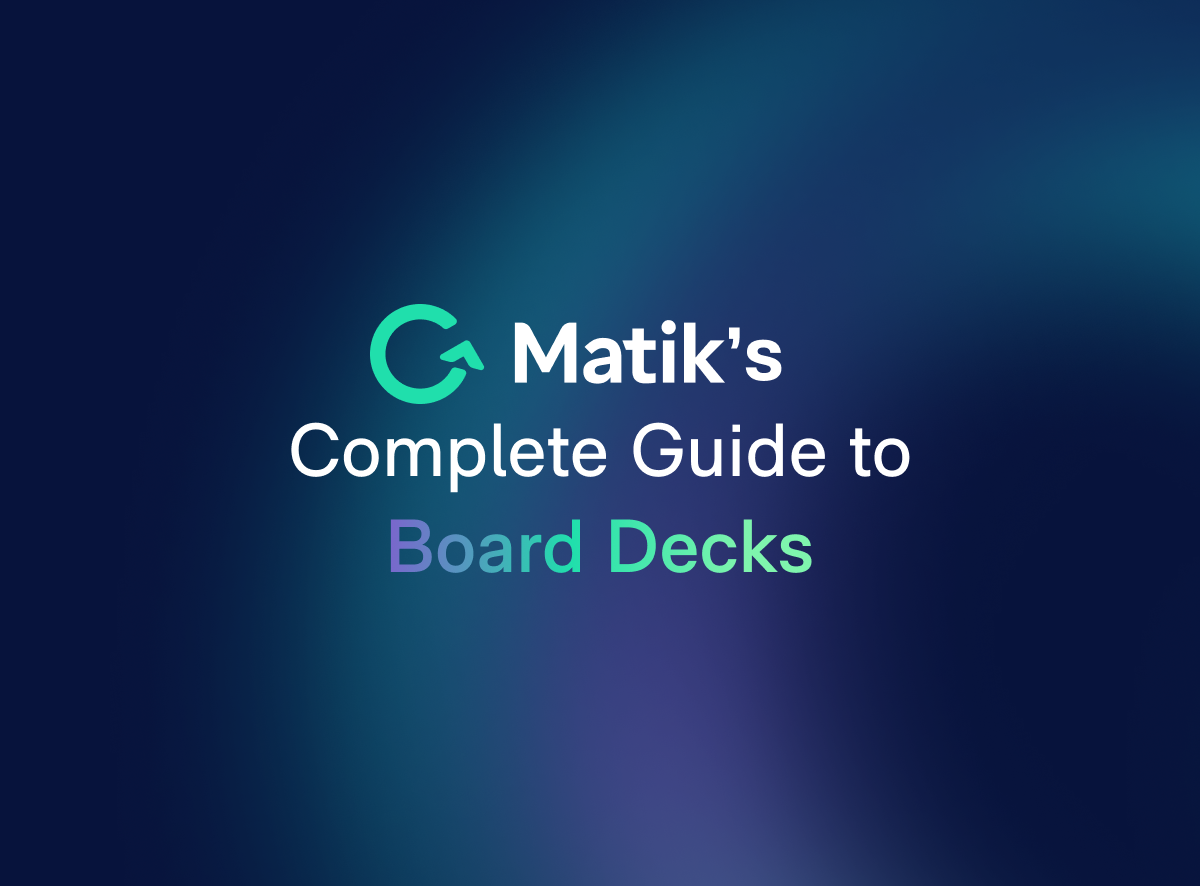Join Our Newsletter
In 2023, many organizations are reevaluating their budgets and cutting non-essential tools from their tech stacks. This makes it more important than ever for customer success and revenue teams to prove product value to their customers early and often. A customer who fails to see the impact your product or service has had on their business is far less likely to renew. It’s up to you to deliver data and insights to reassure your customers of the value of your product.
The best way to prove product value is by sharing data-driven content at regular touchpoints throughout the customer lifecycle. However, many companies get stuck in the weeds when it comes to creating this data-driven content. Many teams create customer-facing presentations manually, which wastes hundreds of hours per year that could be spent building relationships with customers. Even worse, many of these presentations are not as personalized, direct, and informative as they should be.
To make customer-facing presentations more effective, they need to be scalable, data-driven, and digestible. In this blog, we’re exploring 14 content types your team can reevaluate and improve now.
1. QBR Presentations
Quarterly business reviews are often jam-packed with information on a customer’s progress with a product or service. QBRs are necessary and valuable when it comes to building trust with customers, but they can be lengthy and convoluted. On top of that, it can take several hours for a CSM to create just one of these presentations. Improving the QBR process can contribute to a slew of benefits, including boosted retention, saved time, reduced churn rates, and greater customer trust.
2. Business Reviews
Business Reviews are presentations with several slides that can be shared with customers on a quarterly, semi-annual or annual basis. Business reviews should be focused on alignment, proving product value and progress toward goals, and providing recommendations for improvement. These presentations should be data-driven but concise. To scale effectively, it shouldn’t take your team more than 30 minutes to create one business review presentation.
3. One-Pagers
Let’s face it: 60-slide presentations aren’t always necessary for sharing key information with customers. That’s where the one-pager comes in. A one-pager is a single-page document that should include only the most essential data in a digestible, clean format. It should be easy to read, easy to share, and easy to understand. One-pagers should be used to summarize essential information from longer presentations like QBRs, performance reports, and more. Build out a one-pager template that your team can repurpose and personalize—you’ll be amazed at how much time and effort you’ll save.
Here are some types of one-pagers your team can implement now:
4. Pitch Decks
Pitch decks are presentations with several slides that are shared with customers during demos or initial product conversations. Ultimately, the goal should be to show the value of your product and what your customer can get out of it. Each pitch deck should be personalized for each specific customer’s pain points and goals. To improve them, make sure your pitch decks are focused on the customer and the pain points your product can help them solve, rather than generic product information.
5. Renewal Decks
Renewal decks are multi-slide presentations that should be shared with customers once a year, ideally about three months before their renewal date. These presentations should revisit the progress your customer has made with your product in a digestible, yet informative manner. Successful renewal presentations should also include a preview of how the customer can utilize your product for additional benefits in the coming year. If your renewal decks lack essential data, fail to prove product value, and are time-consuming to create, it’s time to improve the process.
6. Onboarding Reviews
Onboarding reviews should be used to guide customers through what they can expect during the onboarding stage with your product. This is where you should reiterate the customer’s goals, timelines, and other essential information they’ll need in order to be successful with your product. Onboarding sets the stage for the customer’s entire experience with your product, so make sure these presentations are as thorough and streamlined as possible.
7. Pricing Slides
A pricing presentation should go beyond numbers and should give a customer or prospect insight into their best options for purchasing your product. It should show how specific package or plan options can benefit them and maximize their ROI. Ultimately, these need to be custom-tailored for each individual prospect in order to establish your company as a trusted advisor. Also, these slides shouldn’t stand alone. They should be accompanied by custom business cases to tell a story of what the prospect can accomplish with your product.
8. Pilot Reviews
Pilot reviews should be data-driven presentations with several slides that summarize how your product has helped customers achieve short-term goals during the pilot period. Pilot reviews should also provide a preview of how your customer can continue to be successful if they continue to use your product.
9. Monthly Check-ins
Monthly check-ins should be concise, custom-tailored, and data-driven. These brief presentations should serve as a way to consistently check in on your customer’s overall usage, feature and product adoption, progress toward goals, and more. When done well, monthly check-ins are a low-lift way for CSMs to get on the same page with customers.
10. Partnership Decks
A partnership deck is basically a pitch deck for partnerships. This type of presentation should highlight the value proposition of a partnership and explain to a potential partner why it would benefit them to work with you. If you’re recycling the same exact content each time, stop now — each partnership deck should be unique and customized specifically for each potential partner. To cut down on some of the manual work and streamline the creation process, create a template that outlines essential information.
11. Competitor Benchmarking Presentations
A competitor benchmarking presentation is a data-driven presentation that should clearly show customers how they compare to other companies in their space. These presentations should be used as an opportunity to provide recommendations that help customers become more competitive. Of course, these presentations should be fully customized and full of well-designed data visualizations like charts, tables, and graphs that make data easier to understand.
12. Performance Reports
Finally, a performance report should be presented as a brief resource (like a one-pager). It should provide an overview of how a customer is using your product, how their usage is helping them toward goals, and their performance compares to other customers. Performance reports should go beyond just basic usage metrics. They should also illustrate ROI and provide recommendations for even more success with your product. These should be easy for your team to put together and even easier for your team to share with key stakeholders.
---
In summary, data-driven presentations are essential for business success. However, they need to be personalized, scalable, and data-driven in order to have maximum impact. To learn more about how to scale the creation of data-driven content, reach out to us.















